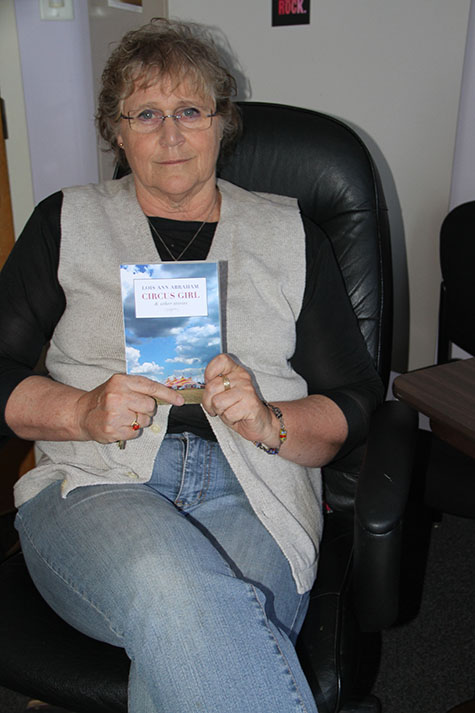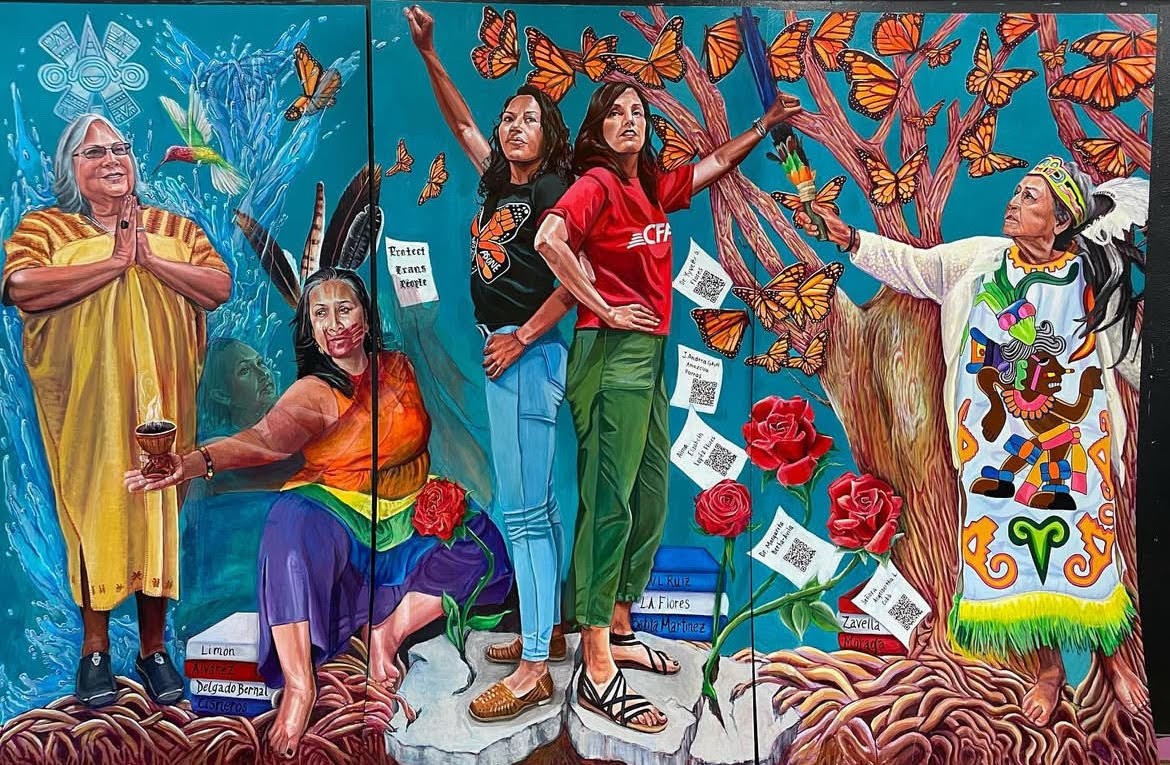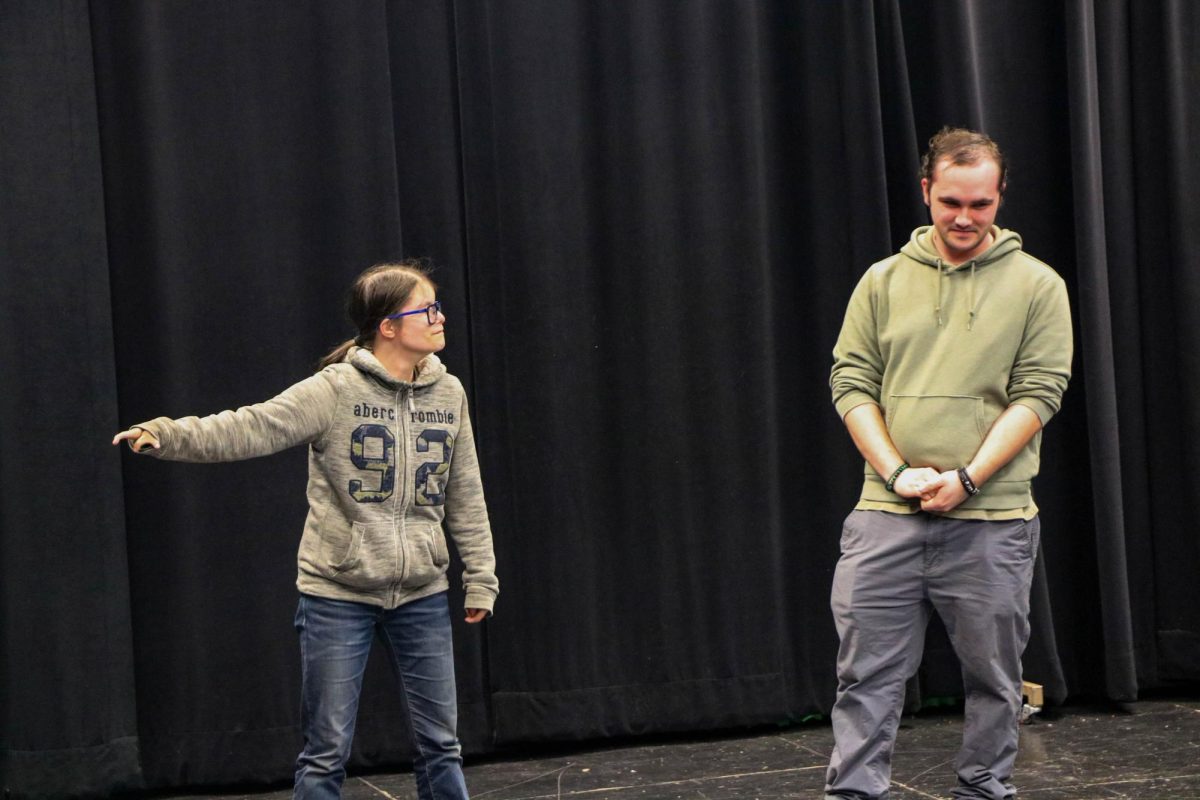Lois Ann Abraham’s “Circus Girl and Other Stories,” offers brilliant snapshots into peoples’ lives. At Abraham’s finest moments, she makes the reader feel more of a voyeur than a reader.
The collection features 16 stories, which opens up with its title story, “Circus Girl.”
Most people run off to join the circus, so it goes, but in “Circus Girl,” the protagonist runs away from the circus in hopes for a normal life. This motif of running away for a better life plays again in the book, as seen in “Mary Jesus,” and “A Perfectly Good Marriage.”
While Abraham’s stories never veer off into horror, there are moments of strangeness sprinkled here and there in the collection, from Harve Marshall in “Mi Casa” and the therapist who doesn’t seem to think she should be qualified to diagnose another person’s mental health in “Therapy.”
There is a misconception of strong female characters, especially by a pop culture that is saturated with super-heroes, is that giving them physical abilities is what makes them strong characters.
Abraham creates characters who confront their challenges, stand up for themselves, and learn how to live with loss.
While some of the stories end on a positive note, there a few stories that closes off with a hard lesson, such as “You can’t save people from anything.”
Abraham does a narrative juggling act throughout her collection of stories, balancing between third and first person narrators.
Each first person narrator has a distinct voice. There is no way a reader can confuse the narrator from “Dancing in Kansas” with the narrator of “Mercy.”
Every line of dialogue feels more like it is spoken by the character rather than written.
“Circus Girl” ends with an except from the novel she’s currently working on, promising there is another story up her sleeve.








